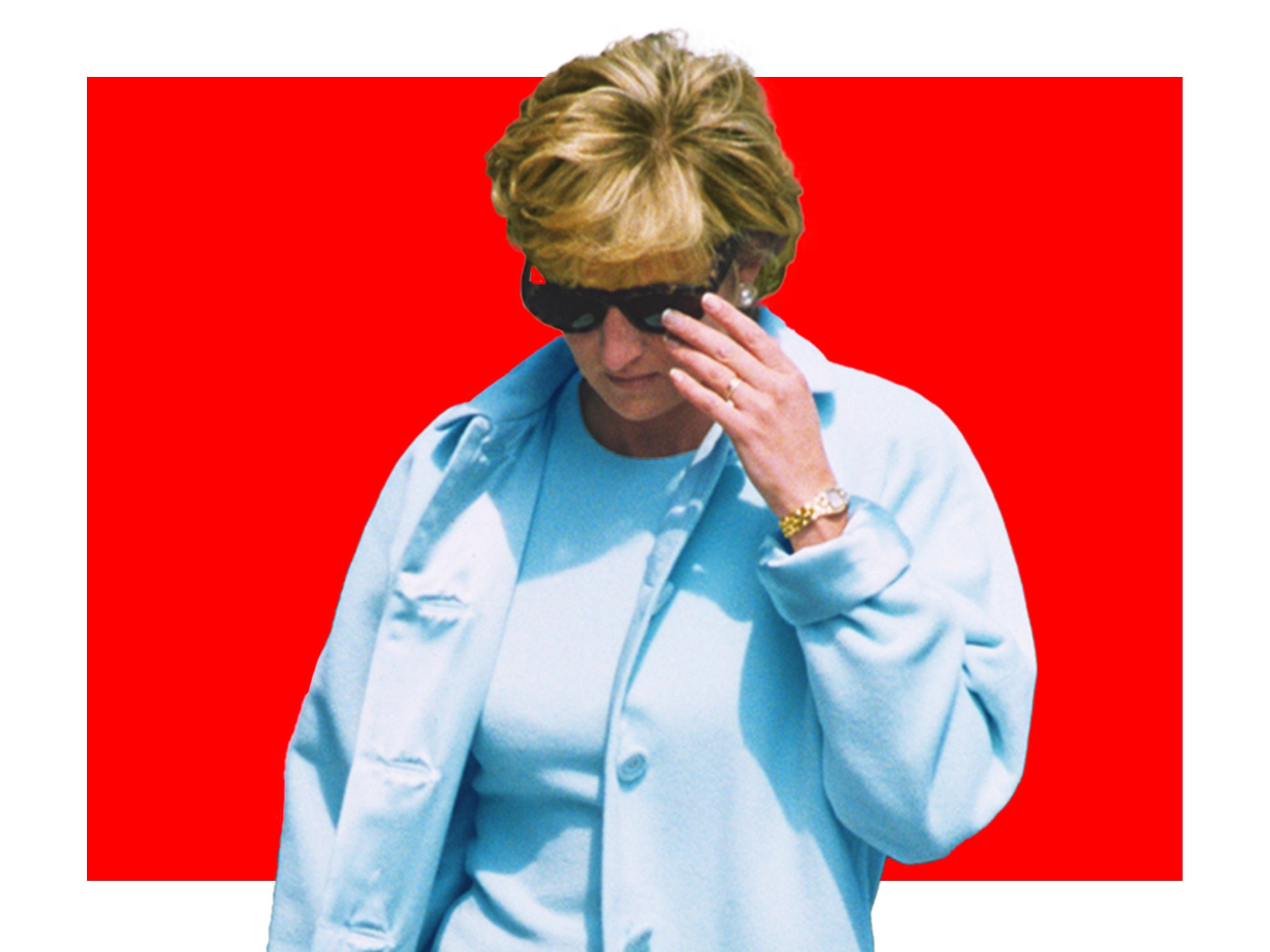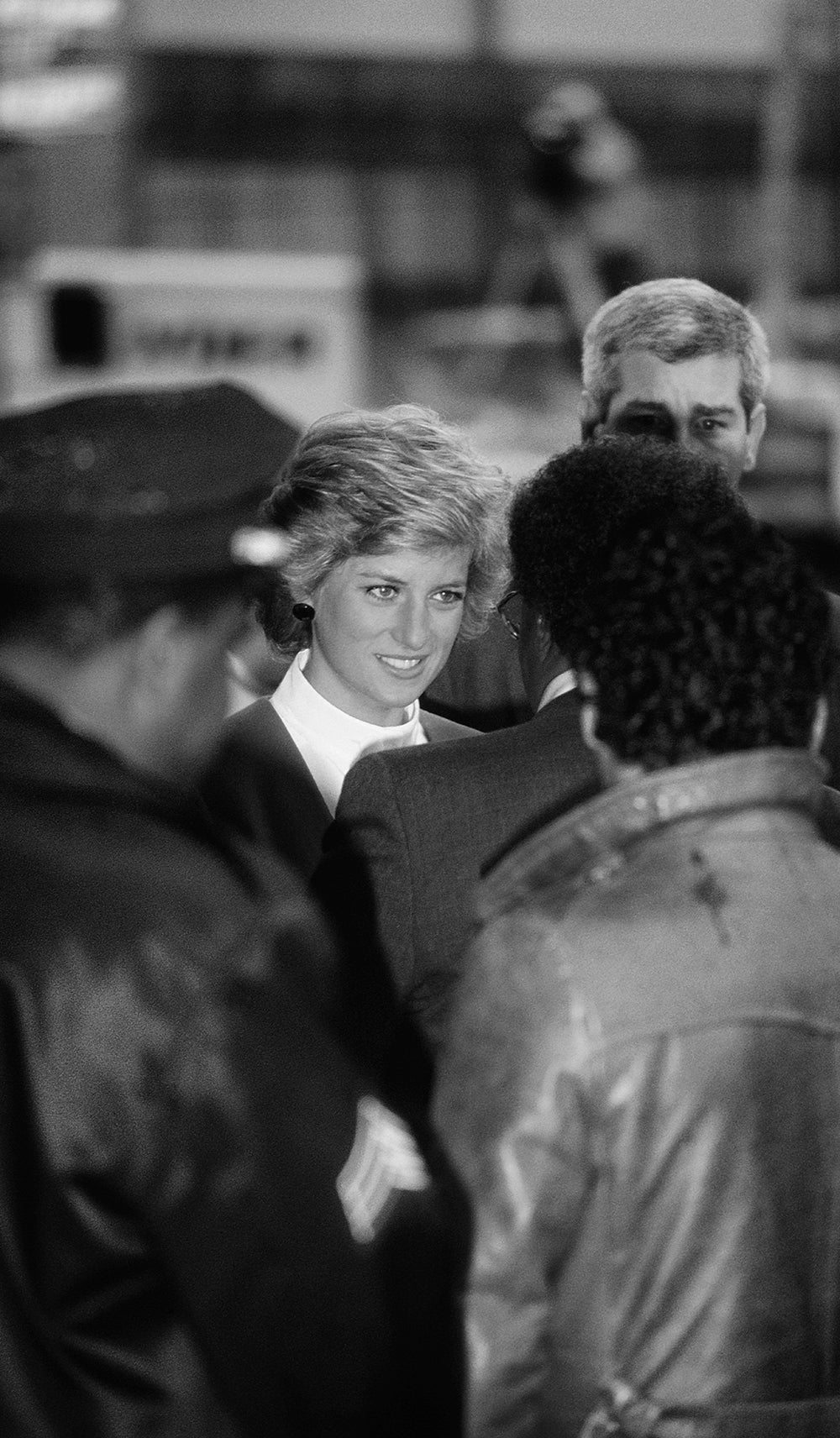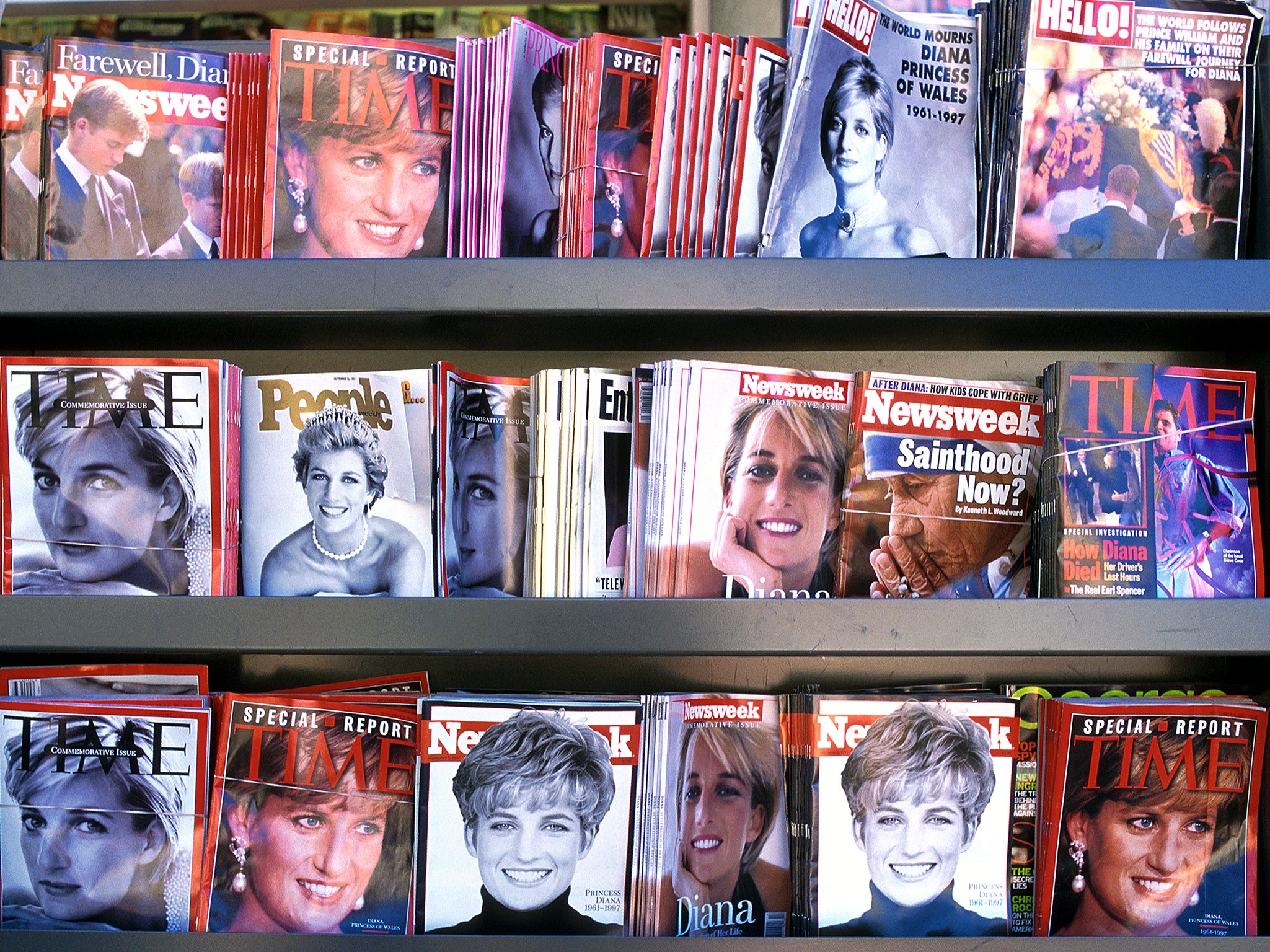Did Princess Diana make Britain go mad? Or were we already?
A new documentary on the late royal doesn’t so much illuminate Diana as the country itself. Adam White speaks to the director and producer behind ‘The Princess’, and asks whether Diana inspired a national rage in us, or merely allowed what was always there to surface


Your support helps us to tell the story
From reproductive rights to climate change to Big Tech, The Independent is on the ground when the story is developing. Whether it's investigating the financials of Elon Musk's pro-Trump PAC or producing our latest documentary, 'The A Word', which shines a light on the American women fighting for reproductive rights, we know how important it is to parse out the facts from the messaging.
At such a critical moment in US history, we need reporters on the ground. Your donation allows us to keep sending journalists to speak to both sides of the story.
The Independent is trusted by Americans across the entire political spectrum. And unlike many other quality news outlets, we choose not to lock Americans out of our reporting and analysis with paywalls. We believe quality journalism should be available to everyone, paid for by those who can afford it.
Your support makes all the difference.In The Princess, a new documentary about Diana, Princess of Wales, the late royal is seen speeding away in her car after working out at a private gym. It’s sometime in the Nineties, and photographers are clambering over each other for a shot of her. We cut to Robert Kilroy-Silk’s BBC chat show. An audience member is pontificating. “She’s rich enough to have a gym of her own!” the woman cries. “In my two-bedroom flat in Peckham, I’ve got my exercise bike in the front room. You can’t tell me a woman on hundreds of thousands of pounds a year with a house as big as hers can’t have her own gymnasium.” She is practically apoplectic with rage. “She likes to be with people,” Kilroy-Silk suggests. The woman is having none of it. “She likes to be bloody well watched!”
The Princess is the latest entry in the Diana Memorial Industrial Complex, a compendium of recent films, TV series and documentaries – The Crown and Spencer most notably – that retell a story absolutely everyone already knows. Republican or royalist, old or young, you will be able to recall by heart the intimate details of Diana’s life by now. Give it a bit of time and your cat probably could, too. The Princess’s novel approach, though, is that it’s formed of nothing but archive footage: in lieu of talking heads or expository narration, there are news reports, TV clips, home movies. Overall, the film is a sobering reminder that Diana was a woman we never allowed to exist off camera.
As a time capsule of a well-worn life, The Princess doesn’t offer much in the way of surprises. But its approach helps place Diana in the context of the era in which she lived, and explores how her treatment reflected the whims of the British public. In so doing, it works most strikingly as a portrait of Britain as it was, still is, and may very well always be. Or, to be more specific, of a very British kind of madness. Onlookers treat Diana as a salve for a nation wounded under Thatcherism. Over time, the public determine her to be a hero, a madwoman, an operator, a witch. In death, she is a saint. The strange extremes projected onto her were, at least in part, the impetus for the making of the film.
“I had a certain amount of resistance to it,” says producer Simon Chinn. “Does the world need another documentary about Diana? We knew we weren’t likely to bring any fresh revelations to it. But we could bring something new in our approach to telling the story. An ‘archive only’ approach allows the audience to project their own kind of hindsight onto it: their knowledge, prejudices, and baggage.”
“Yes, this is a film about Diana,” adds director Ed Perkins. “But it’s also about celebrity culture and the culture we live in. There are clear parallels to the way we became obsessed with, and lived voyeuristically through, Diana’s life and the way we engage with celebrity culture today. I also think it’s very easy to tell the Diana story through the lens of the tabloids or press intrusion. Clearly, that’s a part of this story. But perhaps the more difficult question is what [all of that] says about us, and our role in what happened. This film isn’t about assigning blame, but it is about trying to be self-critical and honest about ourselves.”
Considering I’m one of those baffling millennials prone to guzzling Diana content like dust at the bottom of a crisp packet, I was surprised to find I wanted her off the screen in The Princess. Across its runtime, I became fixated on the people in it who were apparently like me, who loved to gawk at one of the most famous women in modern history. Few of them seemed actually to like her, though. Instead they seemed to view her with constant suspicion, or as a mirror for all of their personal grudges and unrelated resentments.
When we think of public hysteria in relation to Diana, we tend to think of her funeral, or the wailing onlookers throwing roses at the palace gates and staining their union jack parkas with tears. I’ve never judged that outpouring of grief too harshly. Diana was beautiful, charismatic, by all accounts morally sound, and completely at ease with people of all stripes. Fundamentally, she was also a 36-year-old mother of two young children, who was killed in tragic circumstances. Line all of that up and it’s no surprise that the country seemed to fall into a devastated stupor.

But The Princess suggests that a different – and nowhere near as justifiable – kind of madness set in far earlier with the British public. This was one rooted in aggrieved rage over Diana and her choices – choices that were sometimes her own, and sometimes manufactured by the tabloids. Sexism was obviously at work. Envy, too. But she also broke a number of unspoken social contracts. The same traits that made her beloved to many – honesty, compassion, an unguarded guile – also made her a problem.
In the film, it’s most notable in clips extracted from Kilroy. A Nineties chat show hosted by an uncharismatic ex-MP with a set giving pure dentist’s-waiting-room chic, it’s best remembered for the forced intimacy of its audience members – they were squashed together like Tory goo in a petri dish. In The Princess, we see guests on the show accuse Diana of desecrating the royal family. The socialite and author Lady Colin Campbell tears into Diana’s affairs, pitting her against Charles in the stakes of who’s the greater philanderer. Even when Diana is talked of with reverence, there is a surreal mania attached to it. “Don’t you think that we love our prince and princess?” barks an Australian woman. “Our queen? Respected all over the country… all over the world!”
It went beyond the Kilroy studio, though. On another programme, one person theorises that Diana will have “great difficulty” finding a new husband “because she’s been so spiteful to Charles” and “needs so much”. A man rages at the claim that Diana attempted suicide, claiming he’s “never seen any scars in any photos”. A woman calls into a radio show to express worry about Diana’s parenting of William and Harry. “She’ll teach them how to throw up so that they don’t have to do what they don’t want to,” she insists. “She’ll teach them to stamp their tiny feet. She’ll teach them to lie. She’ll teach them to manipulate their friends so that the world only gets their side of the story.”
Watching all these clips in rapid succession felt grotesque. It also felt like a vivid illustration of the Middle England character. I don’t know where that petty, miserable, vociferous rage comes from. They’re the curtain-twitcher, the person who tweets abusive memes at Owen Jones, or adored Adele until she got too rich and thin. Decorum, respectability and image are far more important to these people than the qualities of a person’s soul. It may all be a product of the class system, which continues to breed contempt, hypocrisy and paranoia. One thing is clear: this kind of discourse pre-dates social media, so we can’t blame Twitter. The Princess proves that it was there long before bird apps and hashtags. Rather, it’s in us.

For some reason it tends to worsen when we’re talking about the monarchy. One of the cruellest ironies in The Princess is that, regardless of the broad modern acceptance that Diana was treated appallingly by her in-laws and the tabloid press, few lessons seem to have been learnt. The spectre of Meghan, Duchess of Sussex, hovers over much of the footage in the film, in surreal parallels between the way Diana is talked and written about and the duchess’s ongoing press coverage. You also can’t help but wonder if some of those sending Harry hate tweets once he quit the royal family could well have been the same people who mourned his mother two decades earlier. Maybe they were even the ones who desperately tried to clutch his hand as he walked behind Diana’s coffin.
“You could easily argue that we haven’t learned much at all,” suggests Perkins. “Immediately when Harry and Meghan left [the monarchy], the public divided into teams and it became entertainment. We all watched Oprah. At the heart of it, you forget that you’re watching a family going through something incredibly difficult. I think there probably are things that have been learnt, but there are also lessons that perhaps we all did learn, that we’ve quickly forgotten.”
‘The Princess’ is in selected cinemas now



Join our commenting forum
Join thought-provoking conversations, follow other Independent readers and see their replies
Comments